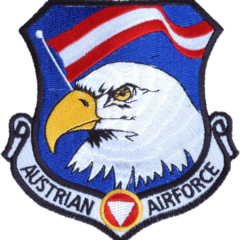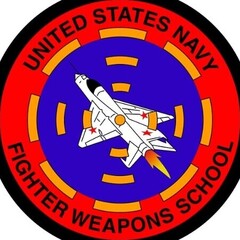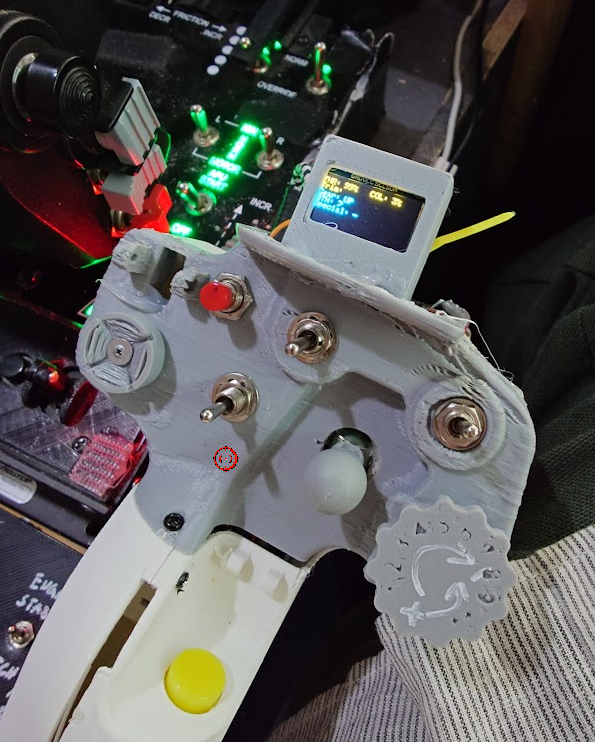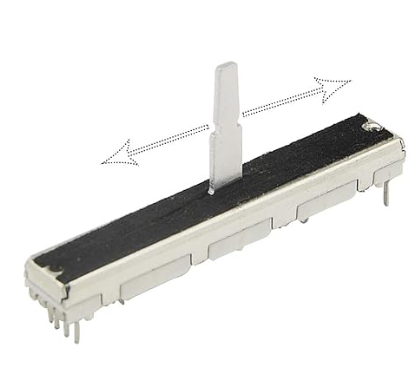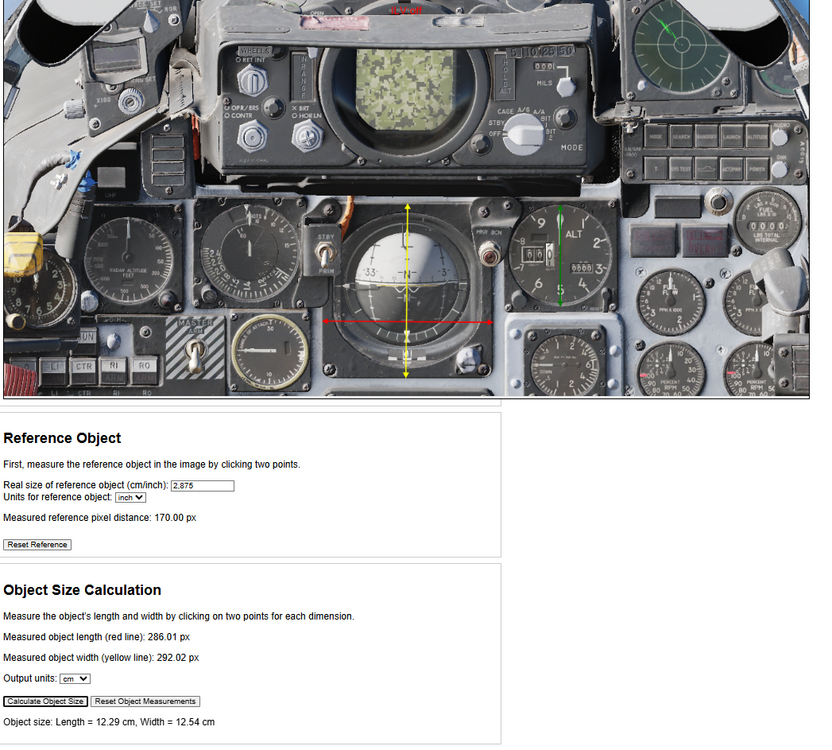-
Posts
67 -
Joined
-
Last visited
About LG_Barons
- Birthday June 18
Personal Information
-
Flight Simulators
only DCS
-
Location
Germany
-
Interests
improving my simpit
-
Occupation
RL Military avitator.
Recent Profile Visitors
3952 profile views
-
First, as a pilot, you should not rely on Jester. What you need to do if you get a GCI call, do a mental Bullseye Breakdown. Basically getting the position of the bogey relative to your position. If it is a BRAA call, the process is easier. If the call is a Bullseye, you should practice gaining a comprehensive perspective in your mind. Then, you initially turn to a basic intercept heading, and after that, direct Jester where to point the radar. Or jump in the backseat and do it yourself. https://flyandwire.com/procedures-and-operations-air-to-air/#geometry Also, all information by Karon is, in my opinion, a "must" read. Also, you can use a "bullseye" trainer. https://jasta712.de/bullseye_rechner/bullseye_t.html and/or use the incorporated APQ-120 sim(button is on top right)
-
Can't some skilled modders or coders get an "ICE" upgrade to an F version? Is it possible to obtain somekind of APG-6X? from the F-15C (APG 63), for example, and AMRAAM? The cockpit layout and the majority of the switches would remain largely unchanged. Therefore, there are not many graphic changes, such as those seen in the cockpit of a Greek F-4 Peace Icarus. Details like the unusable 7th fuel cell or not implementing the Peace Rhine system are negligible, I guess. I think there is no need for a complete new model, just an "Avionics update."".
-
Did you try to bind the JOYBTN20 to APU OFF with BTN20_OFF? So when you try to bind a button, you can manually select with the dropdown to _OFF. Same with the throttes? It is a new feature in DCS.
-
McKronenberg started following LG_Barons
-
To be most realistic, flying the Phantom is to use pen and pencil... and 7 Ps. Proper Preflight Planning Prevents P.ss Poor Performance. The planning is always before the flight. If something changes in flight use, as Karon already said. Pilotage and dead reckoning. And by the way, the use of digital maps is prohibited; learning how to fold a 1:500000 chart is kind of a piece of art. Yes, some of us used GPS in the 2000s, but mainly for navigating in European airspace, not busting any altitude limits or airspaces. We used in the beginning a simple excel sheets and later on PFPS.
-
Because of my lack of knowledge of electronics, I really struggled with the shift registers, and therefore I just kept your Arduino sketch with the expanders. It is working perfectly once I change the 99 to 85. All good now. Just Plain Code, no mmjoy2 necessary. In Windows it is showing up as AH-64 TEDAC, so also no confusion. The next project is your Collective. I printed out the lower part only and modified the way the collective axis is working, added a tiny display, and wrote my own code. I used these potentiometers at the other end of the lever. Held in position with hot glue. Works very well.null null
-
Big thumbs up and thanks for your info and effort. I just finished my build using your instructions. I may be too stupid with the electronics because I was struggling with the shift registers and matrixes, so I finally got the MCP 23017 as one of the options you recommended. Works fine now. I am usion one Arduino pro micro, 4 x MCP23017, and your sketch. (There is a slight error in the code with the buttons; 99 as a designation is not working with maximum of 86 buttons.) I am a "FUNCTION BEFORE STYLE" guy. So while printing, I ran out of filament multiple times. using two old IPADs with spacedesk, a custom Helios profile, an old 7-inch USB monitor, and one Thrustmaster MFD. It works with my setup, and I am happy; even switching between pilot and CPG works with the displays. TEDAC display is always on Cheers LGB
-
LG_Barons started following DCS: Cold War Germany
-
Good explanition, how ever slight mix up in the definiton of Transition Level and Transition Altitude. You set the Transition Altitude when climbing. Setting the Transition Level when decending. (the "A" is poiting up - climbing, the "L" is pointing down - decending) Almost every Country in Real World outside DCS has it own rules, as already explained above. For DCS it depends what the server rule is or what the admin wants. Switching the Altimeter to different settings is important when flying under IFR Rules in IMC. If everybody is playing by the rules, you will not hit each other. So, flying SP around in DCS just fly with the local QNH or if you like the QFE. (but in Real World, most of the Pilots will not use QFE except Eastern European Countries) because it shows 0 ft only at the airport and around 10-15 NM. So if you are flying low level or in helicopters fly QFE. The Rest of the time with Weather or mountainous terrain use QNH. And TA and TL for most immersion.
-
Always remember "east is least, west ist best" so you need to understand the meaning between MagneticHeading and TrueCourse MH /TC magnetig variation in the game is +10° (also 10°E) so 352° - (+10°) = 342° when you are on the ground. https://www.pilotmall.com/blogs/news/true-course-vs-true-heading-vs-magnetic-how-are-they-different cheers LG p.s. afaik DCS World is a Flat Earth. Real approach Plates do not always work. when flying approaches in the game from realworld data, the variation will be off. (so you need to find in your case, Approach Plate from 2006 or so. Course, bearings and headings are not 100% correct. The same for the "map origin", also not 100% correct.
-
Nice, thank you.
-
yes, use the vertical and classic BFM. Usually we could not keep up with the F-4 against other Aircraft. In the F-4F we had AMRAAMs. So dogfighting was last resort. What we were really good at, was getting slow really fast. Forcing an overshoot and get a missile off after that, light the burners, getting low on deck and go home. No turning fight against everything with a higher number as a 4 in the name.
-
Disclaimer: Actually I have significant time in the Phantom IRL... you unfortunately miss understand the function of the slats. You don´t lock them in, you lock them out. It is than not a "hard wing" F-4. The Slats gave you around 5 units AOA. That gives you a couple of degrees turning performance. The main reason for locking the slat out, do not really matter in the Game, because you do not feel the sudden G-spike when the slat come out. It was easier the max perform the aircraft. For example you will probably over G the aircraft if you will do a max G-Brake turn, because the Slats will suddenly add about 1 G. Well, there is no maintenance Guy screaming at you. You don not have to report to you Flight Safety guy or to you commanding Officer. You most probably do not even know that you just over-G the aircraft, because you do not feel it and that´s why it is just a game. Some say it is even a good simulator. But no even close flying the real thing. Sorry to disappoint you all. Just fly how you want. Play the game how you like it, enjoy, have fun. And do not get overly concerned how the aircraft has to be flown. And I totally agree with you, HeatBlur did a fantastic job so far. But still room for improvement. Pitch Trim for example is a little bit weird. IRL you really fly the Phantom with your butt and ears because the airframe really talks to you, with vibrations, noises and stick-forces. You cannot simulate that only to a limited extend with may be a buttkicker and FFB joystick. Anyway just have fun playing the game how you like it. I do, gives me some nice memories back. cheers LG
-
yes, thank you. That was also my information and that there for the standard panel is always 5,75 in in width. here is some Information from mycockpit.org A. Panel width aluminum: 5 ¾ “ = 146,05 mm B. Panel height aluminum: 3 “Dzus” distances: 3 x 3/8” = ( 3,375”) = 28,575 mm 4 4 x 3/8“ = ( 4,375”) = 38,100 mm 5 5 x 3/8” = ( 5,375”) = 47,625 mm 6 6 x 3/8” = ( 6,375”) = 57,150 mm 7 7 x 3/8” = ( 7, 375”) = 66,675 mm 8 8 x 3/8” = ( 8,375”) = 76,200 mm 9 9 x 3/8” = ( 9,375”) = 85,725 mm 10 10 x 3/8” = ( 10,375”) = 95,250 mm 11 11 x 3/8” = ( 11,375”) = 104,775 mm 12 12 x 3/8” = ( 12,375”) = 114,300 mm And again (see before) to make it fit better, reduce it a (very) little bit.
-
Comments and Questions are welcome!
-

1./JG71 "Richthofen" - Cold War, full-real [für deutsche Piloten]
LG_Barons replied to Volator's topic in Jets Squadrons
Alles gut!!! Euch noch viel Spaß, wenn ihr die 2. Staffel aufmacht, wäre ich dabei. -
LG_Barons started following General Simpit Dimensions and calculations.
-
Starting with my first attempts of getting the measurement for my first panel correct, I was puzzled with the size and dimensions. Struggling with my F-4 Simpit, I programmed a little "html page" with basic functions for getting as close as possible to real measurements. Following the "A Hornet's Nest" on Youtube i was running quickly into limitations. Getting from the Modelviewer2 screenshot into Fusion or any other CAD programs to tracing the lines of a unknown panel or instrument and then to the 3d Printer I had problems for finding the exact values for the correct scale. so my workflow is: 1. make a screenshot out of Modelviewer2. 2. load upload the screenshot into my little "scaler" html page 3. locate an instrument, switch or button with known size in Real World. for Example the "Altimeter" in the F-4 is acc. MIL-PRF83491E exactly 2.875 inch in diameter. 4. Draw a reference Line between two Points in the Altimeter. 5. now pick an Instrument you want to get the "Real World" size and values, draw now 2 lines (width and height). Choose the output unit and hit calculate. 6. Read the Object size and Measurement of the desired Panel, Instrument button. 7. transfer this values into your CAD program. 8. 3d print you Panel or Instrument in the correct size. If anybody is interested for testing. pm me. Update. scaler now bugfixed and a little addon. paste the .cur file in the same directory. f-4.cur scalerv25.html


